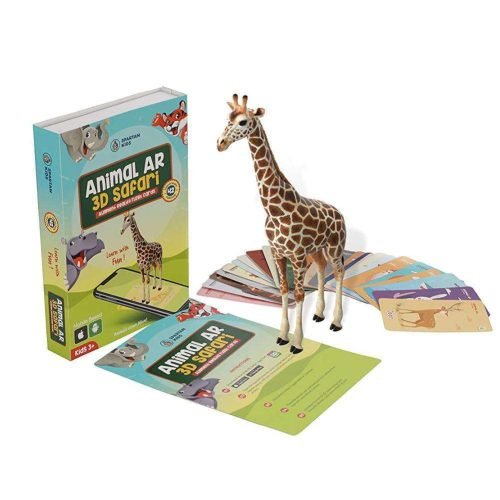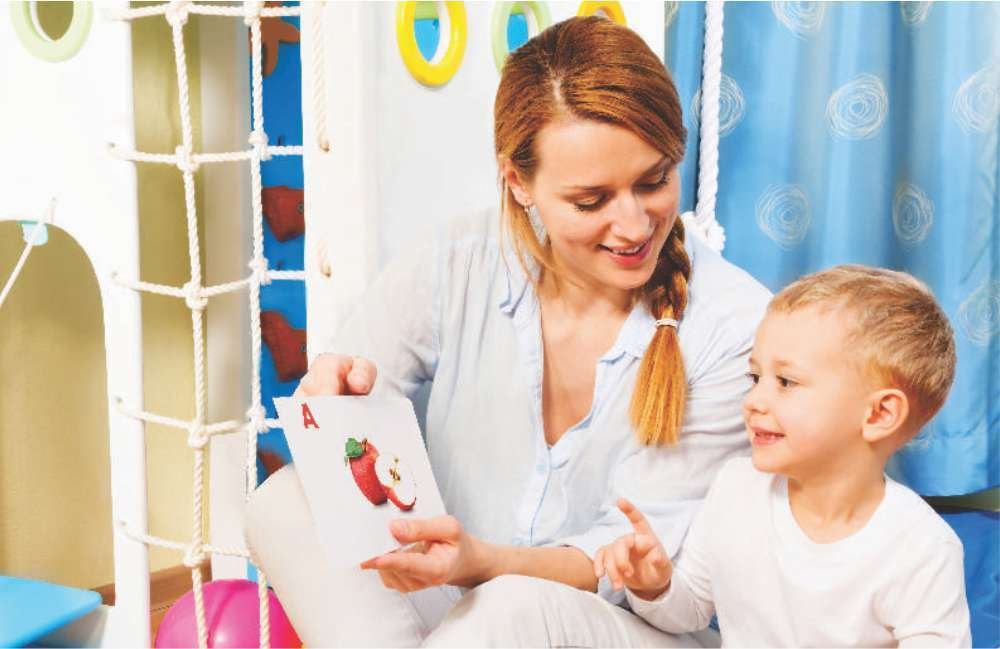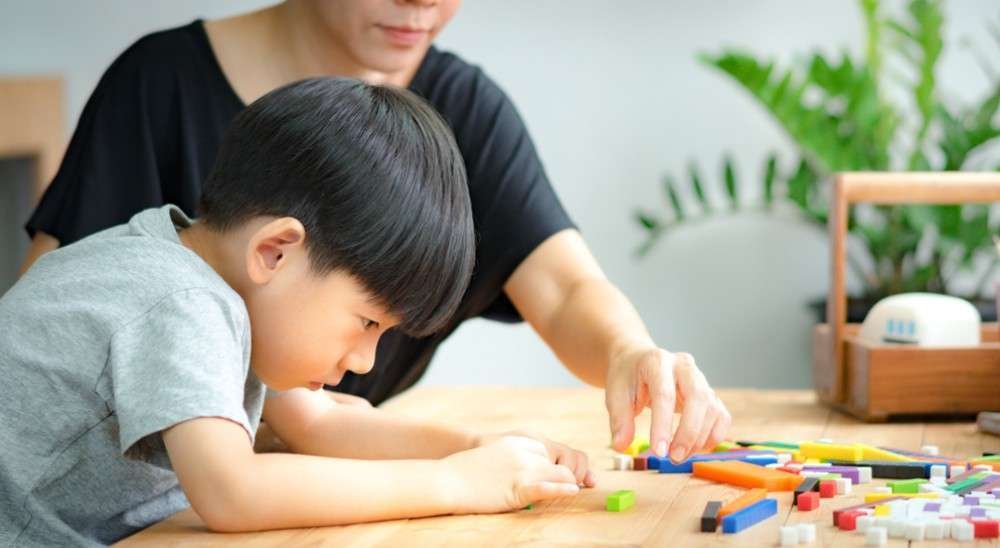GET 10% OFF ON FIRST ORDER USE CODE: WELCOME10 | Min. Cart Value Rs 499
GET 10% OFF ON FIRST ORDER USE CODE: WELCOME10 | Min. Cart Value Rs 499
Exploring the Benefits of Incorporating Art and Technology into Primary Education

The use of art and technology in primary education is gaining traction as more and more educators recognize the potential benefits. Incorporating augmented reality, books, flashcards, puzzles, and other interactive resources into the classroom can help students develop a broader understanding of the world and better prepare them for the future. This article will explore the benefits of incorporating art and technology into primary education and how it can help students learn more effectively.
Incorporating Art and Technology
Different Ways to Incorporate Art and Technology
Incorporating art and technology into primary education can be incredibly beneficial for both students and educators. For students, the combination of art and technology can allow them to explore their creativity uniquely and engagingly. By combining the two disciplines, students can develop a greater understanding of technology and art, allowing them to think critically and create innovative solutions to problems. For educators, using art and technology can provide a platform for teaching with greater depth and understanding. By introducing students to the creative possibilities of technology, they can learn to think outside the box and develop skills that will serve them in their future endeavors.
Benefits of Incorporating Art and Technology
The Benefits of Augmented Reality

Augmented Reality (AR) has the potential to revolutionize primary education by providing students with an immersive and interactive learning experience. By using AR technology, educational institutions can create a more stimulating learning environment for their students, with enhanced visuals and audio and the ability to interact with 3D objects that can be projected into the classroom.
AR can teach various topics, from basic math and science to more complex disciplines such as history and literature. Through AR, students can explore topics and gain a more comprehensive understanding of the material. In addition, AR can be used to bring real-world objects into the classroom, allowing students to gain first-hand experience with the material they are learning.
The Benefits of Flash Cards

Flash cards are a widely used educational tool in primary education to help students learn various topics. Flashcards provide an effective and time-efficient method of memorizing and reinforcing concepts. The cards’ visual nature helps students acquire information quickly, and the repeated use of the cards helps ensure that the material is retained.
This is especially beneficial in primary education, as children at this age are prone to forgetting information due to their still-developing brains. Flash cards are also highly effective with other learning strategies, such as role-play, discussion, and lectures. Using a combination of techniques, students can develop a deeper understanding of the material.
The Benefits of Puzzles

Puzzles can be valuable in primary education, providing students with cognitive and social benefits. Puzzles can help improve problem-solving skills, as students must actively engage in the task to find the solution. Puzzles also help to develop critical thinking skills, as students must consider the various pieces to make meaningful conclusions.
Additionally, puzzles can help improve memory skills, as students must remember the clues and pieces to complete the puzzle. Furthermore, puzzles can also help foster collaborative learning, as students must work together to complete the puzzle, encouraging communication and teamwork. Finally, puzzles can provide an enjoyable learning experience for students by providing an engaging activity that encourages active learning.
Benefits of Incorporating Art and Technology into Primary Education
Enhancing Problem-Solving Skills

Incorporating art and technology into primary education is beneficial for developing a student’s problem-solving skills. Art and technology allow students to explore the world around them and develop their ideas and interpretations. Through the use of art and technology, students can learn and gain experience in areas such as problem-solving, creativity, and innovation. By identifying and solving problems, students become better equipped to face and manage more complex challenges.
This, in turn, enhances their problem-solving skills, which can be applied in various aspects of their lives. Additionally, using art and technology can foster students’ analytical and critical thinking skills, allowing them to become more independent and creative thinkers.
Improved Learning and Retention of Information

The incorporation of art and technology into primary education can have a significant impact on the learning and retention of information by students. Introducing art and technology into the classroom exposes students to various content that engages them and encourages them to explore different topics.
Art and technology can provide a creative outlet for students, allowing them to express their ideas and imaginations, which can help to foster a deeper understanding of the subject matter. Additionally, art and technology can introduce problem-solving and critical thinking elements to students, as students are encouraged to draw on knowledge from multiple disciplines to solve complex issues.
Improved Student Engagement and Learning

Incorporating art and technology into primary education can benefit student engagement and learning. By utilizing these tools, educators can create engaging and interactive learning experiences for their students. Art and technology can stimulate creative thinking, problem-solving, and critical analysis. For example, through multimedia tools such as 3D printing, students can explore and create objects in a virtual environment.
This can help them to develop a deeper understanding of concepts and encourages them to think more critically and analytically. Additionally, technology can be used to enhance instruction and student engagement. For instance, students may be able to use apps or online games to develop their knowledge of a particular subject.
Encouraging Creativity

Art and technology also allow students to explore their creative abilities and express themselves in ways they may not have thought possible before. Additionally, art and technology can be used to develop problem-solving skills, increase critical thinking, and enhance communication and collaboration.
Art and technology can also introduce students to new concepts, such as coding and programming, which can help them better understand the world around them and how it works.
Improved Cognitive Development

Incorporating art and technology into primary education has been found to have a profoundly positive effect on the cognitive development of young students. Through the integration of visual arts, music, and technology into the classroom, children can be exposed to various stimuli that can help them think in new and creative ways. When used in combination, art, and technology can help create an environment that encourages exploration and critical thinking. This, in turn, can help to strengthen the brain’s neural pathways, which helps to form new connections that can lead to improved memory, problem-solving skills, and higher levels of overall cognitive development.
Improved communication and collaboration

Through the use of technology, students are exposed to a variety of media and communication tools, allowing them to collaborate and communicate within their own learning communities as well as with outside experts. These tools, such as video conferencing, can be used to introduce students to new concepts, and allow them to have real-time, interactive conversations with experts in the field.
Bottom Line
In conclusion, art and technology are becoming an integral part of primary education. With the help of technology-enabled learning tools, such as augmented reality books, flashcards, puzzles, and electronic whiteboards, primary school teachers can engage their students more meaningfully. These tools help enhance the learning experience and provide students with valuable insight into how technology can be used to teach and learn. By incorporating art and technology into primary education, teachers can ensure that their students gain the knowledge needed to succeed in the future.
Free shipping
Free Returns
Secured Payments

SpartanKids are like one big family with a goal in mind to help make a smarter generation and optimize the experiences of students, teachers and families.
Our Products
Get Newsletter

Copyright 2022 © Spartan Kids. All rights reserved.
Design & Developed By : Spartan Branding | Disclaimer





